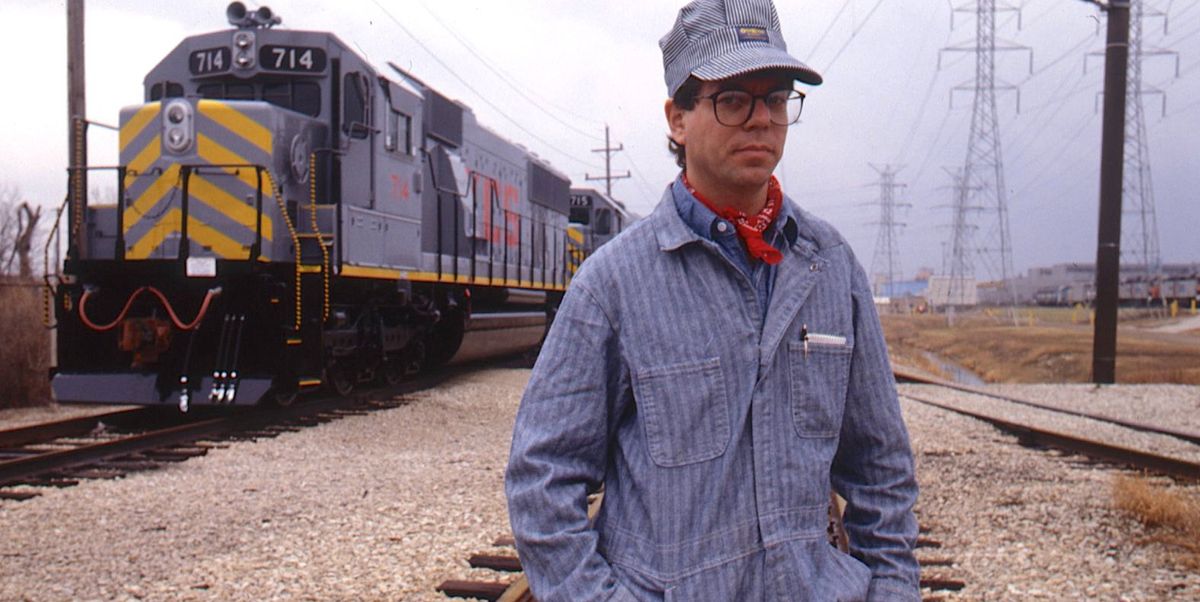
In the world of automotive engineering, few things are as impressive as the General Motors SD-60 locomotive. For those who have never heard of it, this beast of a vehicle is an all-wheel drive, all-wheel steering, three-seater monster with a midship-mounted V-16 engine that produces enough power to light up a small town. It was built exclusively for tracks and can corner like it’s on rails. It’s also packed with computer-controlled everything, making it one of the most technically advanced vehicles in the world.
The SD-60 locomotive is not something you’ll see on the streets; it was developed for use on tracks only. But that didn’t stop Car and Driver from undertaking basic training to drive one. The magazine’s reporters were given unprecedented access to the GM factory and test tracks in LaGrange, Illinois, where they were able to test and drive the SD-60. For car enthusiasts, this was a once-in-a-lifetime opportunity.
The GM engineer in charge of the SD-60 project was Keith Mahalik, a young mechanical engineer with a passion for big, powerful engines. His office in the LaGrange plant was fittingly old and shabby like an old train station, but this was just the beginning of the impressive technology and manufacturing processes hidden behind the facade.
As GM’s Electro-Motive Division (EMD) explained to Car and Driver reporters, diesel-electric locomotives have remained practically unchanged since the first successful model was introduced in 1939. This is because the layout of locomotives has remained the same for the past half-century. The diesel engine powers a generator, and the electricity from the generator drives six direct-current electric motors located at the axles. Doing it this way eliminates the need for a transmission, and each electric motor acts like an infinitely variable transmission.
The SD-60 locomotive uses the latest engine, the 16-710G3, a V-16 with turbocharging and aftercooling that is rated by cylinder displacement. This engine has a total displacement of 11,353 cubic inches, which is about 186 liters. This is an enormous engine, and the engine blocks are the size of a motorboat. Building such an engine requires massive components such as pistons that weigh 59 pounds each, an 1800-pound turbocharger, and a crankshaft that weighs 3400 pounds, as much as an entire Olds Cutlass.
The SD-60 locomotive has the power to move mountains, capable of hauling as much as 12,000 tons of train. The huge engine requires so much lubrication that the oil pan holds 395 gallons. Keeping the engine running at a safe temperature requires a cooling system with 276 gallons of coolant. The SD-60 can hold 5000 gallons of diesel fuel and gulps down 187 gallons per hour at full load.
In conclusion, the SD-60 locomotive is one of the most powerful and technically advanced vehicles ever built by General Motors. It’s unlikely that anyone who’s not in the railroad business will ever get to experience driving one, making the experience of Car and Driver’s reporters something special to behold. The SD-60 locomotive is an engineering marvel, and it’s clear that GM’s Electro-Motive Division has mastered the art of building powerful diesel-electric locomotives that can move the heaviest loads on Earth.






